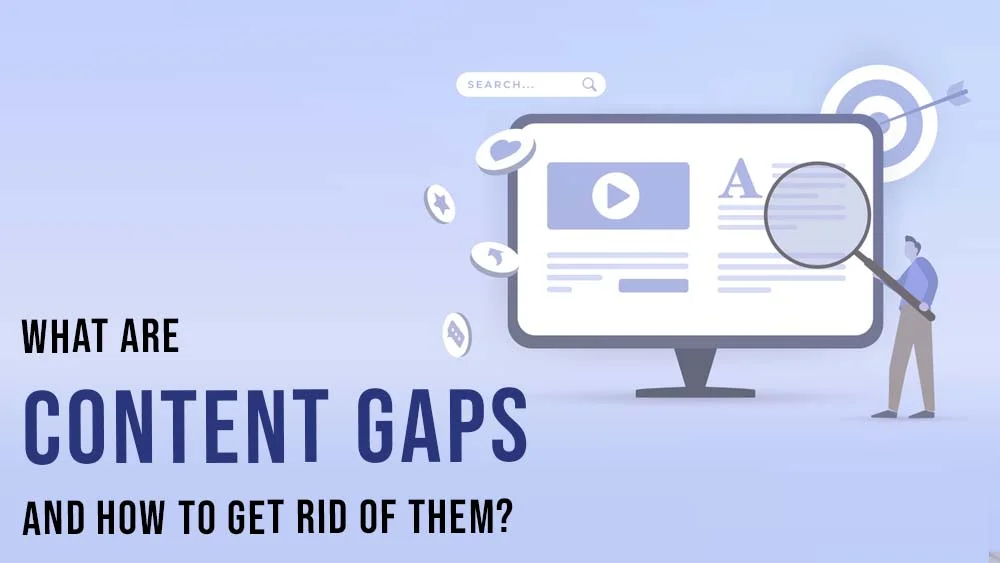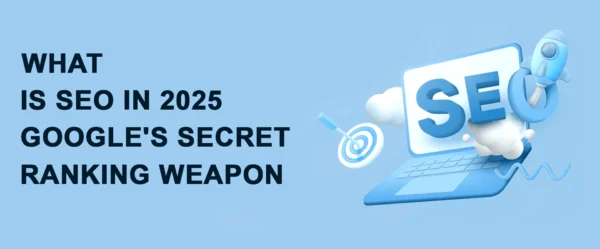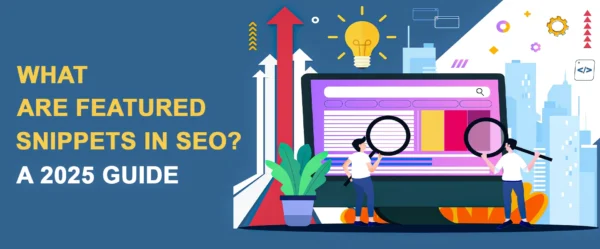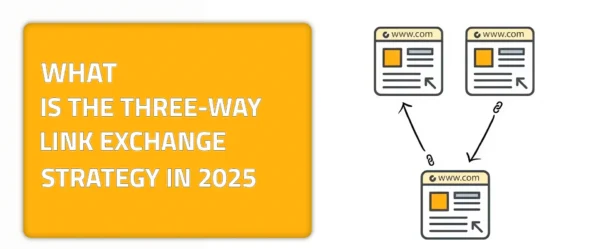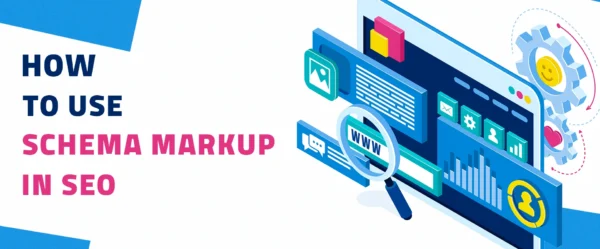Understanding Content Gaps and How to Eliminate Them Efficiently
You know when you’re solving a puzzle and find it very challenging to find a certain piece that matches your picture? This is when you know that a piece is missing. When the picture is perfect but still has a gap within it. That is the nearest definition. One that I answer with whenever someone asks me, “What are content gaps?”
In this guide, I will be focusing the spotlight on the meaning behind content gaps. Additionally, it is important to understand what the content gaps are and how to avoid them efficiently. Identifying content gaps is crucial for a brand’s content strategy. They represent significant voids where important information that audiences are looking for is either missing or not well covered. Understanding and avoiding these gaps is crucial for optimizing a content marketing strategy. That is because they signify missed chances to achieve many things.
Such as engaging with potential users, addressing their inquiries, and leading them along the purchasing process. Recognizing and addressing content gaps is essential for various reasons. It guarantees a thorough and smooth user experience, allowing visitors to easily access the information they require without looking elsewhere. Furthermore, by addressing these gaps, you can enhance your SEO performance. It covers a wider range of relevant topics and keywords, ultimately drawing more traffic to the site. Avoiding content gaps is crucial for any content strategy. Especially if it aims to maximize engagement, conversion, and customer satisfaction. That is why, in this guide, we will be uncovering ways to avoid content gaps. Moreover, we will uncover ways to eliminate them from your content marketing strategy.
What Are Content Gaps? A Quick Overview
Your website’s content gaps are the result of missing content. These gaps can certainly drive certain potential users away. The thing is, your content should always cover what your target audience is searching for. However, there are times when you or your content creators fall into the depths of content gaps in unexpected ways. That is why it is important that you understand how to avoid these gaps. Also, create a strategy that is free from content mistakes.
Missing components in a content strategy are referred to as content gaps. These gaps occur when essential information that the target audience is looking for is not present. Another scenario is that the content is not explored enough. These gaps may make it more difficult for businesses to fully engage with their audience. Which can be detrimental to both the user experience and SEO efforts. For example, a technology company that specializes in cybersecurity might have a substantial amount of content. One that elaborates on the defense against viruses, but they might be lacking knowledge on how to avoid phishing attempts. A content gap has been created as a result of this omission because it fails to address a significant area of interest for their audience. Which may cause them to look for answers elsewhere as a result.
The Importance That Lies Within Identifying Content Gaps
In order to improve a brand’s content strategy and ensure that it provides thorough coverage of issues that are pertinent to the audience’s interests and demands, it is of the utmost significance to identify any content gaps that may exist.
- Improves Engagement: Brands can increase audience engagement and the amount of time spent on their platforms by solving information demands that are not currently being satisfied.
- Boosts SEO: In order to improve exposure and organic search rankings, it is beneficial to fill in content gaps because it helps capture a wider variety of search queries.
- Enhances Authority: A business can establish itself as a thought leader by providing extensive material throughout a domain. This helps to generate trust and credibility for the brand.
- Drives Conversion: The implementation of thorough content strategies that address every stage of the buyer’s journey can result in higher conversion rates. This is because potential buyers are able to locate all of the information they require in a single location.
- Reduces Bounce Rates: When users are able to come across the answers they are looking for, they are less inclined to abandon the website in order to look for information elsewhere.
One of the most important strategies for companies and businesses is to identify and rectify any content gaps that they may have. That is, if they want to enhance their online presence, successfully engage with their audience, and accomplish their digital marketing objectives.
Content Gaps Analysis and How to Conduct Them
Now, in order to identify content gaps and get to understand them, you must be able to understand how to analyze them and create a full content gap analysis. Let us discover how to create content gap analysis and leverage the power it gives you in order to create seamless content for your website.
A strategic approach is required in order to discover missing aspects in your content strategy that are keeping you from fully addressing the needs of your audience or reaching your marketing objectives. This strategic approach is required in order to create a content gap analysis in an efficient manner. The following is a streamlined procedure that can be used to efficiently conduct a content gap analysis:
Define Your Goals
Create a detailed outline of the goals you want to accomplish with your content. Your goals will serve as the guiding principle of your strategy. That is, whether they involve enhancing SEO ranks, generating leads, or growing brand awareness. Your content should always target your audience. Talking to them in words and elements that they may go looking for through search engines. Making your content relevant to your target audience is your main key to closing the door on content gaps. This allows you to stay consistent within your content theme and consistent within your website’s or domain’s tone.
Understand Your Target Audience
This one seems obvious enough. Yet many people tend to ignore this step or simply overlook it. You must do a full study or research to understand your target audience and determine certain things about them. In order to have a better understanding of your target audience’s interests, pain areas, and information requirements, you need to develop detailed buyer personas. Gathering insights can be accomplished through the use of customer feedback, social media interactions, and surveys.
Through the process of collecting and analyzing data on your potential customers, you can create buyer personas, which are detailed profiles of those customers. You should begin by conducting research on your existing client base by means of questionnaires, interviews, and the examination of interaction data. Among the most important pieces of information are demographics, patterns of behavior, drives, and objectives. Consolidate these data into representative profiles, highlighting unique characteristics and preferences that guide your marketing strategy. This will ensure that your content and messaging resonate profoundly with the segments of your target audience.
Analyze Your Current Domain Content
There are several ways that you can analyze your current content and topics. Let me highlight for you some of them. In order to effectively analyze the content that is currently available, one must take a rigorous approach that combines qualitative insights with quantitative data. To get started, you should begin by cataloging your material across all platforms, making notes on the formats, topics, and publication dates. You can evaluate performance metrics by utilizing analytics tools like Google Analytics. Some examples of these metrics are page views, time spent on page, bounce rates, and conversion rates.
Furthermore, determine the quality of the material, its relevance, and how well it aligns with the requirements of the audience by utilizing feedback mechanisms and the levels of participation on social media. Identifying trends, successes, and places for development can be accomplished by consolidating the information. By ensuring that content strategies continue to correspond with corporate goals and audience preferences, this structured analysis helps enhance content strategies, which in turn fosters better opportunities for engagement and outcomes.
Identify Your Competitor’s Content Strategies
See what they’re writing about that you’re missing in your domain. Examine the content tactics that your competitors are using. It is important to determine the themes that they cover that you do not, the formats that they employ, and the performance of their content. Using tools like BuzzSumo to assess the popularity of rivals’ content may be useful.
In simple words, identifying competitors helps with content gaps by highlighting areas where your content may be lacking in comparison. Analyzing their content can simply reveal topics they cover that you don’t. Additionally, reveal innovative formats they use and successful engagement strategies. This insight allows you to adjust your content strategy to fill those gaps, improve your competitive edge, and better meet the needs of your target audience.
Spot Your Current Gaps
A multi-dimensional analysis that takes into account audience expectations, corporate goals, and competitive strategies can help you identify where your content strategy is lacking. Find out whether there are any unanswered or under-discussed issues that your audience finds interesting. Check to see if you’re using a variety of material types to meet the needs of your audience. This could include videos, infographics, and more.
Make sure you lead potential buyers from awareness to decision by analyzing your content’s visibility across the buyer’s journey. As a last step, review your SEO plan for any keywords that may have been more prominent or generated more engagement. A more successful and all-encompassing content strategy may be driven by taking this complete approach, which guarantees that you will identify and prioritize critical areas for improvement.
Wrapping It Up!
To sum this up, content gaps have a cruel effect on our content that may affect search engine visibility, audience engagement, and your overall content goal that you may have originally created. In order to overcome these gaps, you must create a crystal-clear content strategy. One that will allow you an opportunity to eliminate any content gaps to begin with.
If companies or businesses take the time to find and address these gaps in their content, they will be able to improve their user experience, increase SEO ranks, become thought leaders, and promote engagement.
Check out linkexchange.ai for more information on how to become an expert at finding and filling in content gaps. If you want your brand to be ahead of the curve, current, and authoritative, you need to find ways to change the way you approach futuristic content.


